Having used a couple of 1950s 6×6 folders (see my earlier posts) and been impressed with the results, I thought I would give a 6×9 folder a try. A bit of research on eBay landed me a Voigtlander Bessa 1 from around 1957. The camera came from a dealer, cost me £60, and is in good cosmetic shape.
The lens is the Vaskar 105mm f4.5 and was the Bessa 1’s budget option. User reports on the internet suggested it would not be a great performer. It looked clean and cleaning scratch free, but, as to be expected, there is light haze in the lens. No fungus though.
The shutter is a Prontor S with speeds from 1 sec to 1/250th and uses the old fashioned increments (i.e. 1/25, 1/50 etc). To my surprise, all the shutter speeds worked, as did the self-timer. But that said, they did appear to be a bit on the slow side.
Loading the film revealed the first issue – the spool mechanism which holds the unexposed film is damaged. I am not sure what is exactly wrong but it turns very stiffly. However, it is manageable.
My first exposed film revealed the second and far more significant issue. The results were frankly poor, apparently out of focus and unsharp. I had used my Watameter rangefinder so I searched for an explanation other than focusing error. Researching the web, led me to conclude that the issue was film flatness. Basically, so much film is exposed that it becomes hard to keep the film flat, especially when opening the bellows sucks air through the camera body. The trick it seems is always to wind the film on immediately before taking the shot. So, the process is this: open the camera, set focus, aperture and speed, cock the shutter and then wind the film into place. Double exposure is not possible thanks to a locking mechanism.
The results are not too bad. Reasonable sharpness in the centre with quite significant fall off at the edges. The frames are a little over-exposed which suggests to me the shutter speeds are indeed running slow. I think a monopod would help to stabilise the camera which feels overbalanced in use.
I took the Bessa to West India Docks, London in search of evidence of the docks’ pernicious slave trading history. Opened in 1802, which was I understand towards the end of London’s involvement in slave shipping, it was sugar, produced by slaves in the West Indies, that was mainly brought into the docks, though little recognition of the docks’ slave labour connection is in plain sight. Instead, I found a statute of Robert Milligan, slave owner and co-promoter of the docks’ construction which I decided not to photograph.
The film is FP4 Plus developed in Kodak HC-110.
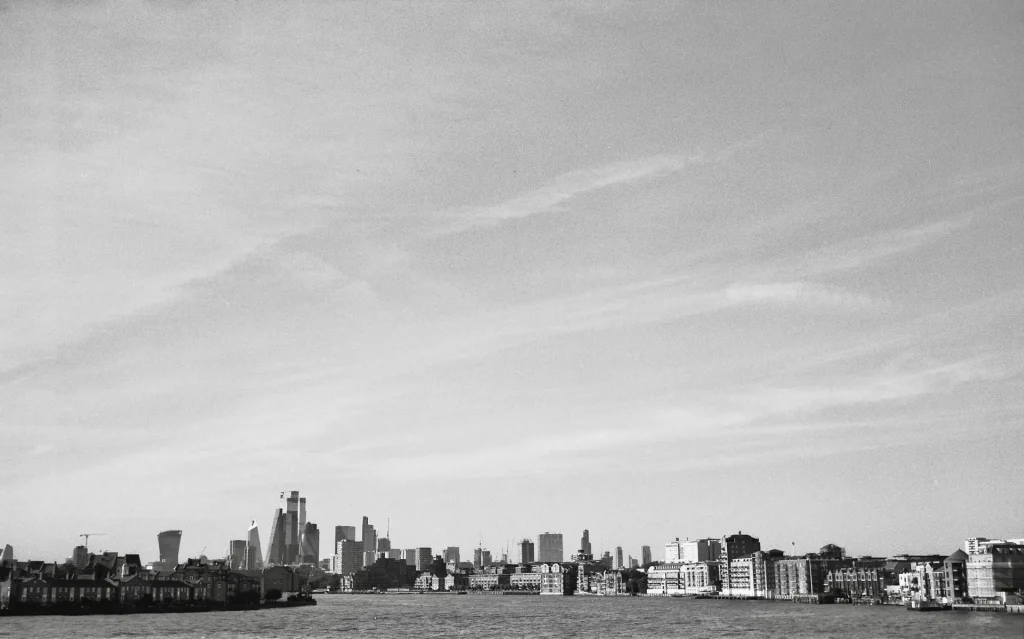
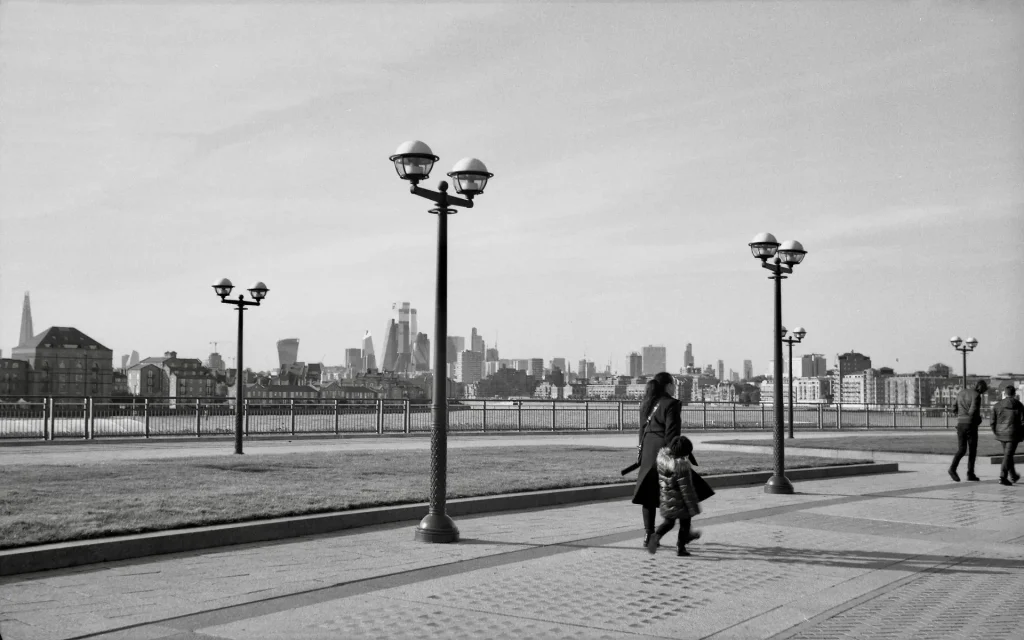
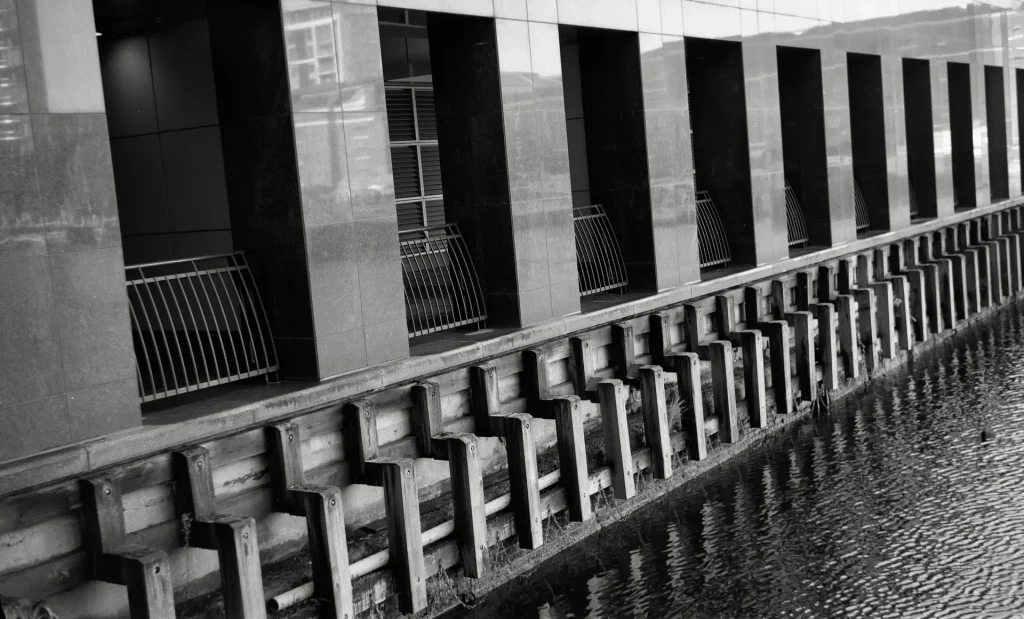
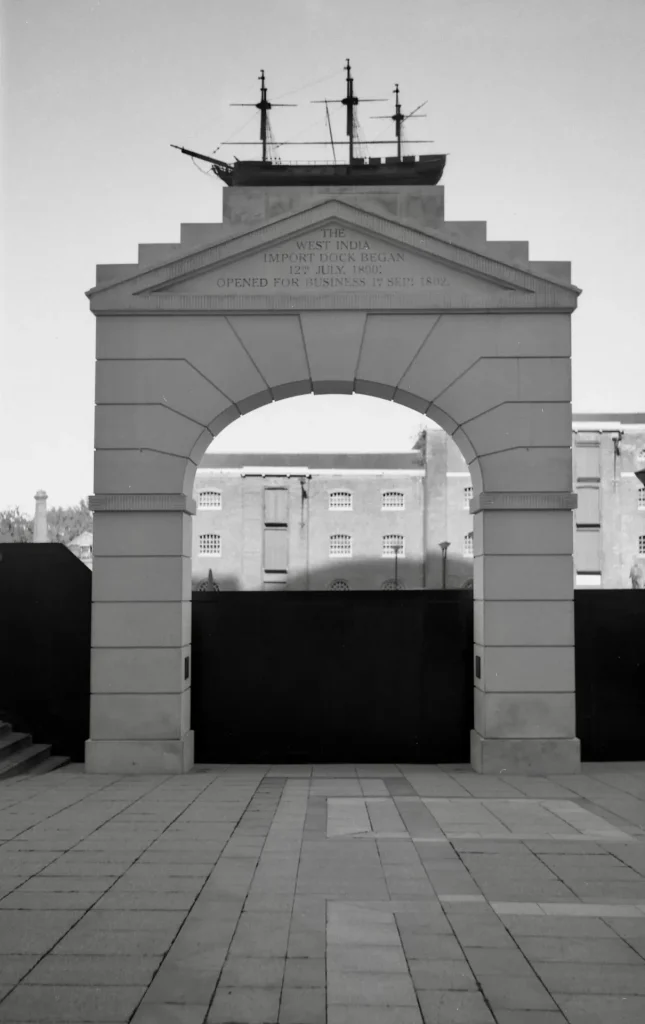
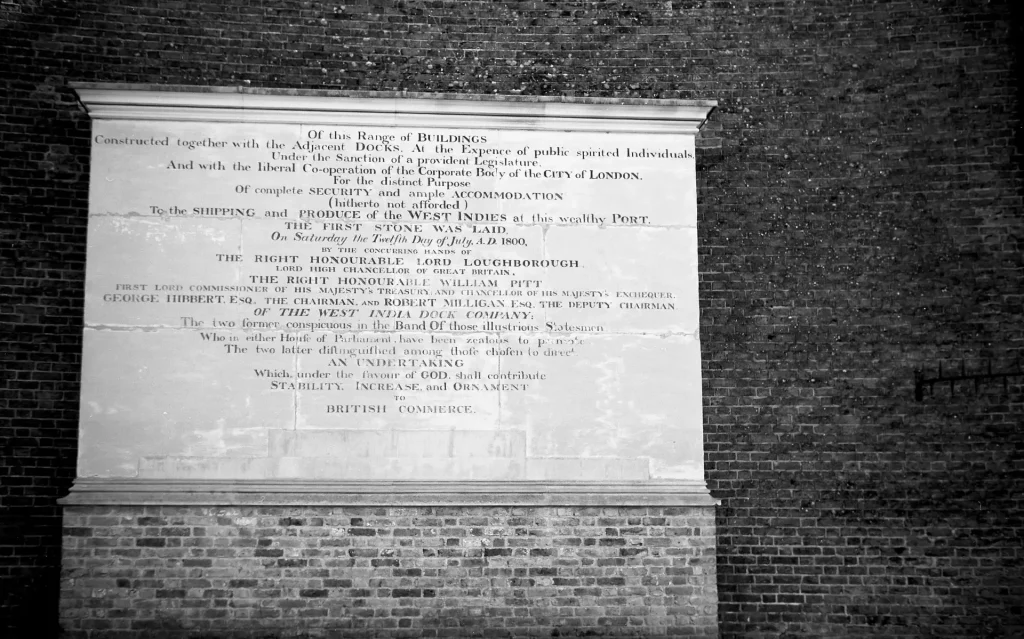
The Bessa 1 may be a classic but the results are not quite there for serious documentary work.
Thanks for reading, and if you’ve enjoyed this please head over to my website www.michaelscottfoto.com
Share this post:









Comments
James T on 5 frames in London’s Docklands with a Voigtlander Bessa 1 – By Michael Scott
Comment posted: 08/12/2019
Comment posted: 08/12/2019
Terry B on 5 frames in London’s Docklands with a Voigtlander Bessa 1 – By Michael Scott
Comment posted: 08/12/2019
With such a large negative a little extra care should be given when opening the bellows as if done too quickly it can produce a little suction that may just be enough to pull the film out from is plane and which can give rise to focusing errors. This may explain the advice to only wind on when you're ready to take a photo.
Another focusing problem that I've come across in cameras with front cell focusing is that they may have been "messed" with by previous owners and who have then not been particularly careful in ensuring that the lens is focusing accurately when re-attaching the focusing scale ring. You will need a piece of ground glass, and some patience, to check this at the film plane.
Comment posted: 08/12/2019
ScottP on 5 frames in London’s Docklands with a Voigtlander Bessa 1 – By Michael Scott
Comment posted: 08/12/2019
Comment posted: 08/12/2019
Nick Lyle on 5 frames in London’s Docklands with a Voigtlander Bessa 1 – By Michael Scott
Comment posted: 08/12/2019
Comment posted: 08/12/2019
Comment posted: 08/12/2019
CharlesMorgan on 5 frames in London’s Docklands with a Voigtlander Bessa 1 – By Michael Scott
Comment posted: 08/12/2019
Comment posted: 08/12/2019
Daniel Fjäll on 5 frames in London’s Docklands with a Voigtlander Bessa 1 – By Michael Scott
Comment posted: 09/12/2019
Huss on 5 frames in London’s Docklands with a Voigtlander Bessa 1 – By Michael Scott
Comment posted: 09/12/2019
Comment posted: 09/12/2019
Gilbert Townshend on 5 frames in London’s Docklands with a Voigtlander Bessa 1 – By Michael Scott
Comment posted: 10/12/2019
If you feel adventurous you could open it up, they’re not particularly complex mechanically and it’s not too hard of a fix.
Phil Hannah on 5 frames in London’s Docklands with a Voigtlander Bessa 1 – By Michael Scott
Comment posted: 19/03/2020